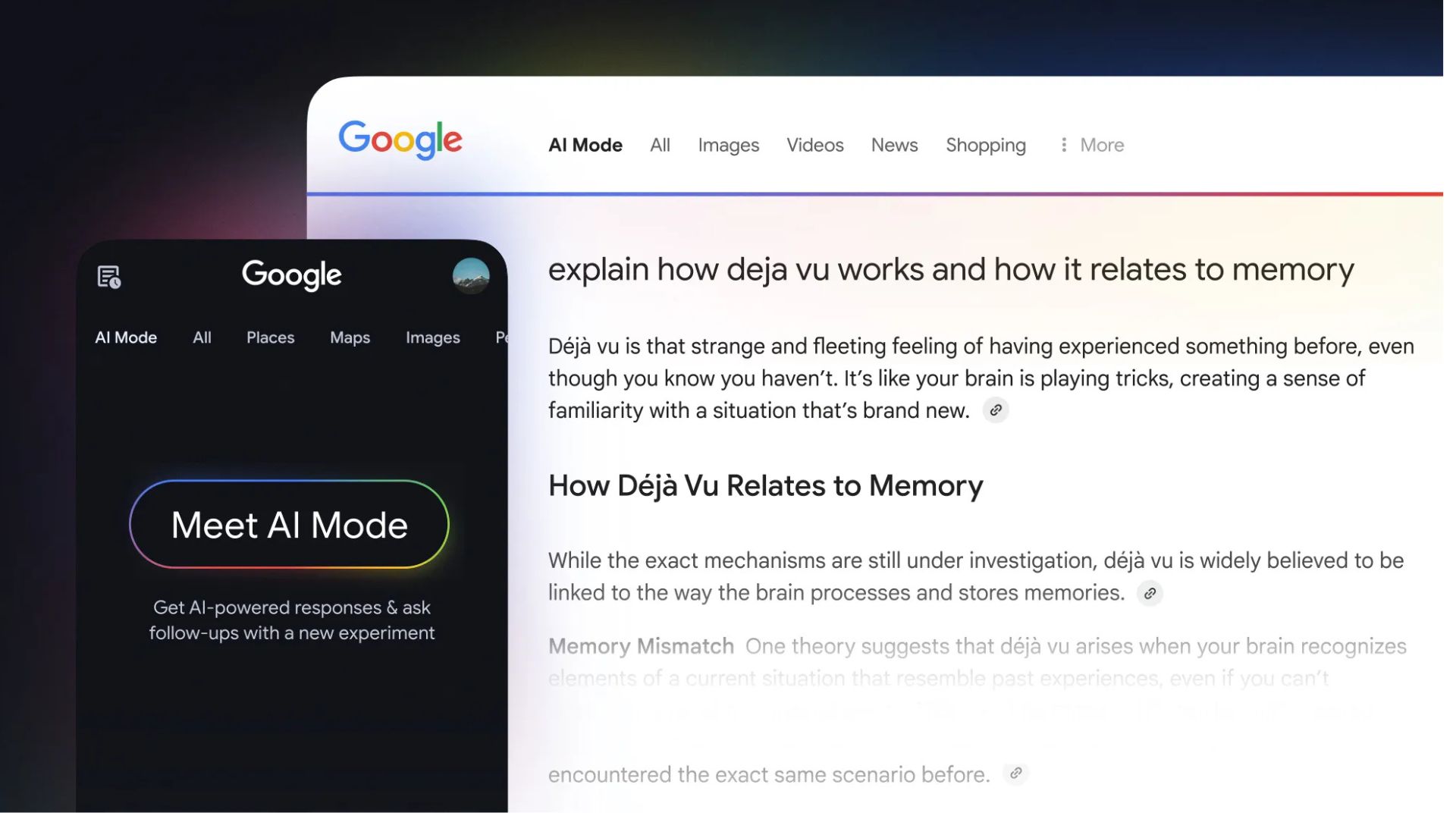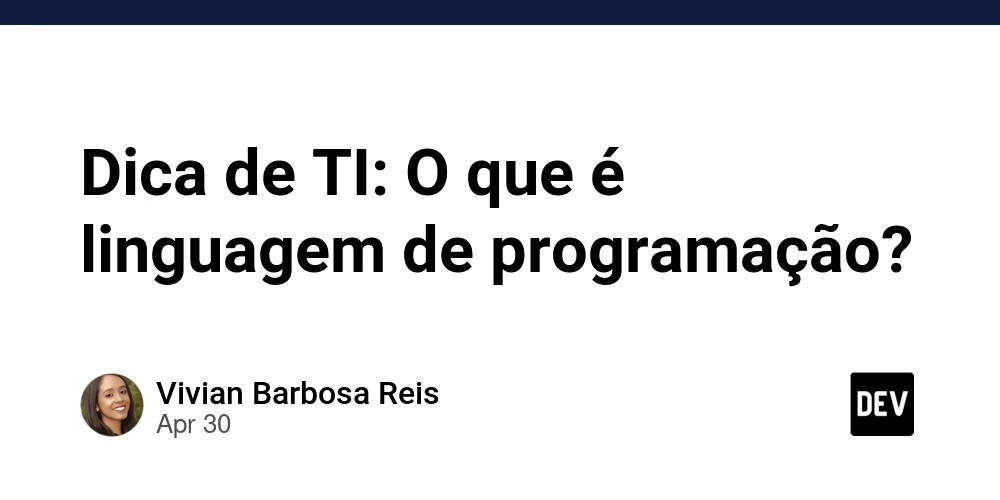May the 4th Be With You: Inside the Star Wars Intro Creator
Happy Star Wars Day, fellow developers! As we celebrate May the 4th, I wanted to take a deeper look at one of my favorite web projects: the Star Wars Intro Creator. If you've ever wanted to create your own Star Wars opening crawl, this tool lets you do exactly that - customize the iconic text intro from the movies with your own content. As developers, we can appreciate not only the nostalgic fun but also the technical implementation that makes it possible. The Star Wars Intro Creator is a modern web application built primarily with: JavaScript/ES6 for application logic HTML5 and CSS3 for the animations (with a particular focus on 3D transforms) Postgres for state persistence The Key Components Looking through the codebase, there are several interesting technical aspects worth highlighting: 1. The Opening Crawl Animation The most visually impressive part is undoubtedly the crawl animation. This is achieved through CSS 3D transforms rather than WebGL or Canvas. By examining the code, we can see it's created with CSS perspective and rotation transforms to achieve that iconic receding text effect. #titles { position: absolute; width: 14.65em; height: 50em; bottom: 0; left: 50%; margin-left: -7.325em; font-size: 350%; text-align: justify; overflow: hidden; transform-origin: 50% 100%; transform: perspective(300px) rotateX(25deg); } /* Animation for the crawling text */ @keyframes titlesAnimation { 0% { top: 100%; opacity: 1; } 95% { opacity: 1; } 100% { top: 20%; opacity: 0; } } The animation timing is carefully calibrated to match the pacing of the original films, creating an authentic experience. 2. State Management The application uses a custom state management solution, with an ApplicationState class that tracks the current state of the application (creating, editing, playing, etc.). This pattern predates more widespread adoption of hooks in React, showing how front-end patterns evolve over time. // Simplified example of state management export const CREATING = 'CREATING'; export const LOADING = 'LOADING'; export const PLAYING = 'PLAYING'; export const EDITING = 'EDITING'; export const DOWNLOAD = 'DOWNLOAD'; class ApplicationState { setState(page, props = {}) { // Handle state transitions... this.state = { ...this.state, page, ...props, }; this.renderState(); } // ...other methods } 3. Audio Synchronization One particularly interesting challenge the developers solved was synchronizing the iconic Star Wars theme with the animations. The animation timing is tied to CSS variables that control the animation durations, allowing for a consistent experience: :root { --time-factor: 1.0; --intro-text-duration: calc(6s * var(--time-factor)); --intro-logo-duration: calc(11s * var(--time-factor)); --intro-crawl-duration: calc(73s * var(--time-factor)); /* Other timing variables */ } This approach allows the developers to adjust the timing in one place and have it cascade through all the animations. Lessons for Developers The Star Wars Intro Creator demonstrates several valuable lessons: Creative use of standard web technologies - You don't always need WebGL or Canvas for impressive visual effects Careful timing and animation - The attention to detail in animation timing contributes significantly to the user experience Separation of concerns - The codebase neatly separates the UI components, application logic, and animation code Progressive enhancement - The application works on a wide range of devices with appropriate adaptations Conclusion The Star Wars Intro Creator is a fantastic example of bringing beloved cultural touchpoints to life using modern web technologies. It demonstrates how creative coding and attention to detail can create experiences that resonate emotionally with users. Next time you're building a web application that needs to evoke a specific feeling or reference familiar media, consider the techniques used here - from carefully timed CSS animations to thoughtful state management. May the 4th be with you, and may your code be as elegant as a lightsaber duel!

Happy Star Wars Day, fellow developers! As we celebrate May the 4th, I wanted to take a deeper look at one of my favorite web projects: the Star Wars Intro Creator.
If you've ever wanted to create your own Star Wars opening crawl, this tool lets you do exactly that - customize the iconic text intro from the movies with your own content. As developers, we can appreciate not only the nostalgic fun but also the technical implementation that makes it possible.
The Star Wars Intro Creator is a modern web application built primarily with:
- JavaScript/ES6 for application logic
- HTML5 and CSS3 for the animations (with a particular focus on 3D transforms)
- Postgres for state persistence
The Key Components
Looking through the codebase, there are several interesting technical aspects worth highlighting:
1. The Opening Crawl Animation
The most visually impressive part is undoubtedly the crawl animation. This is achieved through CSS 3D transforms rather than WebGL or Canvas. By examining the code, we can see it's created with CSS perspective and rotation transforms to achieve that iconic receding text effect.
#titles {
position: absolute;
width: 14.65em;
height: 50em;
bottom: 0;
left: 50%;
margin-left: -7.325em;
font-size: 350%;
text-align: justify;
overflow: hidden;
transform-origin: 50% 100%;
transform: perspective(300px) rotateX(25deg);
}
/* Animation for the crawling text */
@keyframes titlesAnimation {
0% {
top: 100%;
opacity: 1;
}
95% {
opacity: 1;
}
100% {
top: 20%;
opacity: 0;
}
}
The animation timing is carefully calibrated to match the pacing of the original films, creating an authentic experience.
2. State Management
The application uses a custom state management solution, with an ApplicationState class that tracks the current state of the application (creating, editing, playing, etc.). This pattern predates more widespread adoption of hooks in React, showing how front-end patterns evolve over time.
// Simplified example of state management
export const CREATING = 'CREATING';
export const LOADING = 'LOADING';
export const PLAYING = 'PLAYING';
export const EDITING = 'EDITING';
export const DOWNLOAD = 'DOWNLOAD';
class ApplicationState {
setState(page, props = {}) {
// Handle state transitions...
this.state = {
...this.state,
page,
...props,
};
this.renderState();
}
// ...other methods
}
3. Audio Synchronization
One particularly interesting challenge the developers solved was synchronizing the iconic Star Wars theme with the animations. The animation timing is tied to CSS variables that control the animation durations, allowing for a consistent experience:
:root {
--time-factor: 1.0;
--intro-text-duration: calc(6s * var(--time-factor));
--intro-logo-duration: calc(11s * var(--time-factor));
--intro-crawl-duration: calc(73s * var(--time-factor));
/* Other timing variables */
}
This approach allows the developers to adjust the timing in one place and have it cascade through all the animations.
Lessons for Developers
The Star Wars Intro Creator demonstrates several valuable lessons:
- Creative use of standard web technologies - You don't always need WebGL or Canvas for impressive visual effects
- Careful timing and animation - The attention to detail in animation timing contributes significantly to the user experience
- Separation of concerns - The codebase neatly separates the UI components, application logic, and animation code
- Progressive enhancement - The application works on a wide range of devices with appropriate adaptations
Conclusion
The Star Wars Intro Creator is a fantastic example of bringing beloved cultural touchpoints to life using modern web technologies. It demonstrates how creative coding and attention to detail can create experiences that resonate emotionally with users.
Next time you're building a web application that needs to evoke a specific feeling or reference familiar media, consider the techniques used here - from carefully timed CSS animations to thoughtful state management.
May the 4th be with you, and may your code be as elegant as a lightsaber duel!

















































_courtesy_VERTICAL.jpg)






















































































































![[The AI Show Episode 145]: OpenAI Releases o3 and o4-mini, AI Is Causing “Quiet Layoffs,” Executive Order on Youth AI Education & GPT-4o’s Controversial Update](https://www.marketingaiinstitute.com/hubfs/ep%20145%20cover.png)






























































































































![[DEALS] Mail Backup X Individual Edition: Lifetime Subscription (72% off) & Other Deals Up To 98% Off – Offers End Soon!](https://www.javacodegeeks.com/wp-content/uploads/2012/12/jcg-logo.jpg)

























































































































































































































































![Apple Reports Q2 FY25 Earnings: $95.4 Billion in Revenue, $24.8 Billion in Net Income [Chart]](https://www.iclarified.com/images/news/97188/97188/97188-640.jpg)


![Apple Ships 55 Million iPhones, Claims Second Place in Q1 2025 Smartphone Market [Report]](https://www.iclarified.com/images/news/97185/97185/97185-640.jpg)





































































































